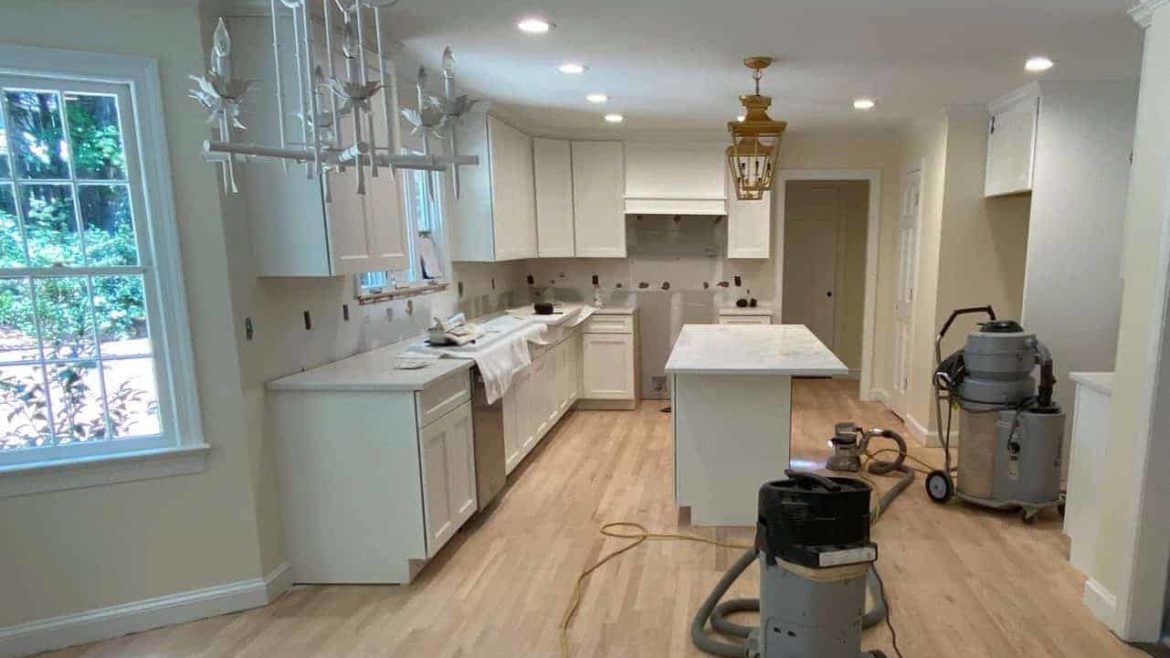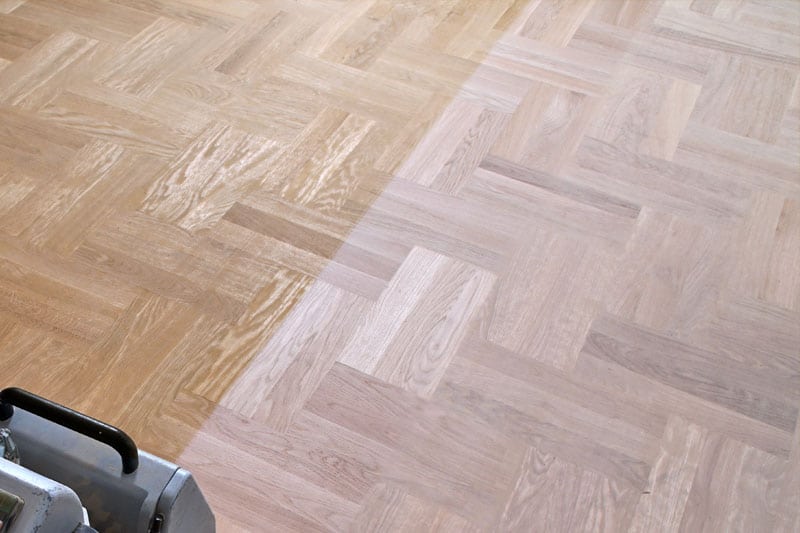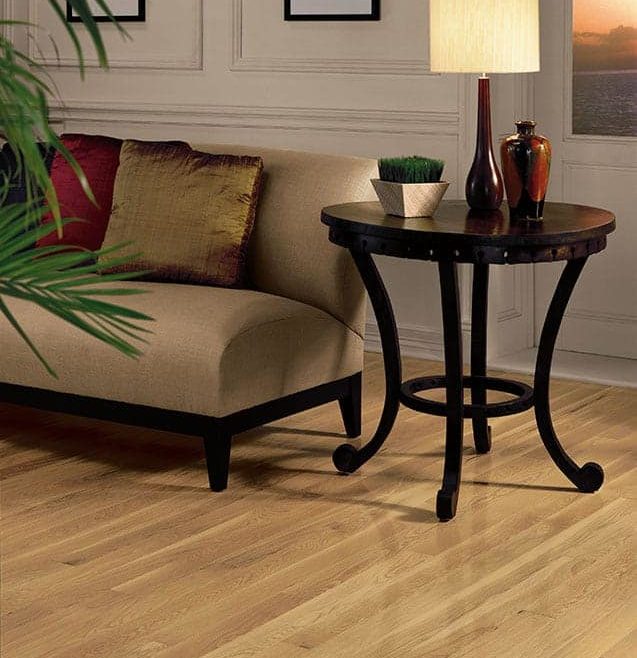Key Takeaways
- Neglecting care for hardwood floors can lead to significant damage and costly repairs.
- Dirt and debris accumulation can cause scratches and dullness on hardwood floors.
- Water damage can warp or cup hardwood floors if spills or leaks are ignored.
- Changes in humidity and temperature can result in wood expansion, contraction, and the development of gaps.
- Prolonged exposure to sunlight can cause fading and discoloration of hardwood floors.
The Accumulation of Dirt and Debris
Without regular cleaning and maintenance, dirt and debris can accumulate on hardwood floors. As people walk across the surface, particles can get trapped under shoes and cause scratches and abrasions. Additionally, the buildup of dirt can make the floor lose its natural shine, resulting in dullness.
To keep your hardwood floors looking their best, it’s essential to stay proactive in cleaning and maintenance. Neglecting to remove dirt and debris can lead to a range of issues that not only impact the appearance of your floors but also their longevity.
When dirt and debris accumulate on hardwood floors, they act like abrasive particles, causing scratches and abrasions. As people walk across the surface, these particles get trapped under their shoes and are dragged along, creating small marks on the floor. Over time, these scratches can accumulate and detract from the overall aesthetic appeal of your flooring.
In addition to scratches, the buildup of dirt can make your hardwood floors lose their natural shine, resulting in a dull and lackluster appearance. The accumulated dirt particles create a layer of grime that obscures the floor’s natural beauty and can make the entire room feel less inviting.
Prevention and Maintenance
To prevent the accumulation of dirt and debris on your hardwood floors, regular cleaning is crucial. Implementing a simple routine that includes sweeping or vacuuming and using a specialized hardwood floor cleaner will help remove dirt, dust, and other particles.
When cleaning your hardwood floors, remember to use appropriate tools and techniques. Opt for a soft-bristle broom, microfiber mop, or a vacuum cleaner with a hardwood floor attachment to avoid causing scratches. Additionally, avoid using harsh chemicals or excessive moisture, as they can damage the wood’s finish and lead to dullness.
By adopting a proactive approach to cleaning and maintenance, you can keep your hardwood floors free from dirt and debris, ensuring their longevity, and preserving their natural beauty.
Increased Vulnerability to Water Damage
Proper care is crucial in maintaining the longevity of hardwood floors. One of the key aspects of maintenance is protecting your floors from water damage. Ignoring spills, leaks, or excessive moisture can have detrimental effects on the wood, causing it to absorb the water and result in warping or cupping.
Water damage occurs when moisture penetrates the wood fibers, causing them to expand and contract. This leads to the floorboards warping, creating an uneven surface and compromising the structural integrity of the floor. Additionally, cupping may occur, where the edges of the floorboards become raised, causing an unsightly appearance and potential tripping hazards.
Aside from the aesthetic issues, water damage can also lead to extensive and costly repairs. To prevent water damage, immediate attention should be given to any spills or leaks on hardwood floors. Wiping up any liquid as soon as possible and implementing measures to prevent water from pooling on the floor is crucial.
Regular maintenance, including applying protective sealants and finishes, can also help safeguard against water damage. These protective measures act as a barrier, preventing moisture from seeping into the wood and causing damage.
Preventing Water Damage
To minimize the risk of water damage to your hardwood floors, consider the following preventive measures:
- Place rugs or mats in areas prone to spills and water exposure.
- Use coasters or felt pads under furniture to prevent water rings or scratches.
- Immediately wipe up any liquid spills to prevent them from seeping into the wood.
- Maintain proper humidity levels in your home to minimize wood expansion and contraction.
- Regularly inspect your floors for any signs of water damage, such as warping or cupping, and address them promptly.
By prioritizing proper maintenance and implementing preventive measures, you can protect your hardwood floors from water damage, avoiding costly repairs or the need for complete replacement.
Wood Expansion and Contraction
When hardwood floors are not properly maintained, they are prone to wood expansion and contraction. Changes in humidity and temperature can cause the wood to naturally expand and contract, leading to potential problems for your flooring.
Wood expansion occurs when the moisture in the air increases, causing the wood to absorb the excess moisture and expand. On the other hand, wood contraction happens when the air becomes drier, causing the wood to release moisture and shrink.
These natural movements of the wood can result in the development of unsightly gaps between the floorboards. These gaps are not only an aesthetic concern but also compromise the structural stability of the floor. They can create spaces where dirt, debris, and moisture can accumulate, leading to further damage and decay.
To prevent excessive wood expansion and contraction, it’s important to maintain a stable indoor environment with consistent humidity levels. Using a humidifier or dehumidifier can help regulate the moisture in the air and minimize these fluctuations. Additionally, regular maintenance and inspection of your hardwood floors can identify any gaps or issues early on, allowing for timely repairs and preserving the integrity of your flooring.
Fading and Discoloration
When it comes to hardwood floors, the effects of neglecting maintenance can extend beyond physical damage. The prolonged exposure to sunlight without proper care can cause fading and discoloration of the floor’s finish and wood itself. The UV rays from sunlight can gradually fade the vibrant hues of the floor, resulting in an uneven appearance throughout the room.
To prevent fading and discoloration caused by sunlight, it is crucial to implement regular maintenance practices. One effective way to shield your floors from excessive sunlight is by using curtains or blinds to limit the amount of direct sunlight they receive. Additionally, applying a protective coating or finish that includes UV inhibitors can help preserve the natural colors of the wood and prevent discoloration over time.
Increased Susceptibility to Scratches and Dents
When it comes to hardwood floors, maintaining proper care is crucial to prevent scratches and dents. Neglected floors are more vulnerable to damage caused by daily activities and the presence of furniture and pets. Luckily, there are simple steps you can take to protect and preserve your hardwood floors.
One effective way to safeguard against scratches and dents is to use protective pads under furniture legs. These pads act as a buffer, preventing direct contact between the furniture and the floor. By distributing the weight more evenly, they minimize the risk of unsightly marks and indentations.
Additionally, keeping your pets’ nails trimmed can help avoid accidental scratches on the wood surface. Regular nail maintenance not only benefits your furry friends’ health but also contributes to the well-being of your hardwood floors.
Furniture Placement Tips
Strategic furniture placement can also help protect your hardwood floors. Avoid dragging heavy furniture across the floor, as it can cause deep scratches. Instead, consider lifting furniture when moving it or using furniture sliders to reduce friction and prevent damage.
When arranging your furniture, be mindful of the potential for weight imbalance. Uneven distribution of weight can result in dented areas on the floor. To prevent this, periodically rearrange your furniture to equalize the pressure on different sections of the floor.
Furthermore, incorporating protective pads or felt bottoms on the legs of your furniture can offer an additional layer of defense against scratches and dents. These pads create a cushioned barrier between the furniture and the floor, reducing the impact of daily wear and tear. Additionally, regularly inspecting and replacing worn-out pads can ensure continued protection over time.
In addition to protective measures, choosing furniture with wide, flat bases can also help distribute weight more evenly, minimizing the risk of indentations and damage. By combining these furniture placement tips with regular maintenance practices, you can maintain the pristine condition of your hardwood floors and extend their lifespan for years to come.
Deterioration of the Finish
Neglecting maintenance can lead to the deterioration of the finish on hardwood floors. Over time, normal wear and tear can cause the protective finish to wear off, exposing the wood to potential damage and reducing its lifespan.
Hardwood floors are designed to withstand the rigors of daily use, but without proper care, the finish can deteriorate, leaving the wood vulnerable to various forms of damage. Finishes, such as polyurethane or oil-based sealers, provide a protective barrier that shields the wood from stains, scratches, and moisture.
However, with regular foot traffic, spills, and improper cleaning, the finish on hardwood floors can deteriorate over time. As the protective barrier wears off, the wood becomes exposed, making it more susceptible to damage. Without the proper finish in place, dirt, grit, and other substances can penetrate the wood, leading to scratches, deep stains, and ultimately compromising the structural integrity of the floor.
Wear and tear on the finish also make the wood more vulnerable to moisture. Without a protective barrier, water can seep into the wood, causing it to swell, warp, or even develop mold. This not only affects the appearance of the floor but also poses potential health risks.
Regular maintenance and refinishing can help prevent the deterioration of the finish. By cleaning the floors regularly and using appropriate cleaning products, homeowners can help extend the lifespan of the finish and protect the underlying wood. Additionally, refinishing the floors when the finish starts to show signs of wear and tear can restore its beauty and prolong its durability.
Don’t let the finish on your hardwood floors deteriorate. With proper care and maintenance, you can enjoy the timeless beauty and longevity of your hardwood floors for years to come.
Structural Integrity Compromises
Proper maintenance of hardwood floors is crucial to preserve their structural integrity. Neglecting regular care can have severe repercussions, compromising the stability of the flooring. One significant risk that arises due to inadequate maintenance is wood rot, which occurs when moisture penetrates the wood, leading to decay and weakening its structural integrity.
Wood rot can cause the floorboards to become soft, brittle, and prone to breaking. This not only affects the appearance of the floor but also poses safety hazards. In addition to compromising the structural stability, wood rot can create an environment conducive to mold growth.
To combat the risk of wood rot and maintain the health of your hardwood floors, it’s essential to address any signs of moisture or water damage promptly. Regularly inspect your floors for water spills, leaks, or high humidity levels that could contribute to moisture buildup. Using a dehumidifier in areas prone to excess moisture can help regulate indoor humidity, reducing the risk of wood rot and mold growth.
Furthermore, applying a quality sealant or protective finish to your hardwood floors can act as a barrier against moisture infiltration, enhancing their resistance to water damage. Investing in periodic professional inspections can also provide valuable insights into the condition of your flooring and identify potential issues before they escalate into more significant problems.
By staying vigilant and proactive in your maintenance efforts, you can safeguard your hardwood floors against the detrimental effects of wood rot and enjoy a beautiful, durable surface for years to come.
Mold Growth and Health Risks
When moisture is present in the wood due to the lack of proper care, it creates an ideal environment for mold to thrive. Mold not only causes discoloration and unpleasant odors but also poses potential health risks, especially for individuals with allergies or respiratory conditions.
To prevent structural integrity compromises, it is essential to address any signs of wood rot promptly. Regular maintenance, such as identifying and repairing water leaks, controlling humidity levels, and ensuring proper ventilation, is crucial to protect your hardwood floors from rot and mold.
Increased Overall Costs
When it comes to hardwood floors, neglecting maintenance can have dire financial consequences. The increased costs associated with repairs and replacement can quickly add up. By failing to regularly maintain and protect your hardwood floors, you leave them vulnerable to extensive damage that can require expensive repairs or even complete replacement.
Without proper maintenance, small issues in your hardwood floors can quickly escalate into major problems. Damaged boards, for example, can result in increased costs due to repairs. If left unaddressed, these damaged boards can worsen over time, compromising the structural integrity of the entire floor and requiring extensive repairs.
Similarly, neglecting maintenance can result in the need for floor replacement. Over time, the wear and tear on hardwood floors can become significant, reducing their lifespan. When the damage reaches a point where repairs are no longer feasible or cost-effective, the only solution may be to replace the entire floor, incurring substantial costs.
It’s important to understand that regular maintenance and protection can help prevent costly damage to hardwood floors. By implementing a routine cleaning schedule, promptly addressing spills or leaks, and taking preventative measures such as using protective pads under furniture, you can significantly reduce the risk of increased expenses associated with repairs or replacement.
Conclusion
In conclusion, neglecting the maintenance of hardwood floors can lead to a variety of issues that compromise their appearance, durability, and overall quality. From surface scratches and wear to more severe damage requiring extensive repairs, the consequences of overlooking proper care can be both aesthetic and structural.
Fortunately, it’s never too late to restore the beauty and functionality of your hardwood floors. If you find yourself facing the effects of neglected maintenance, consider the hardwood refinishing services offered by Tri Point Flooring. With our expertise and commitment to excellence, we can rejuvenate your worn-out floors, bringing them back to their former glory. Contact us today to know more.














